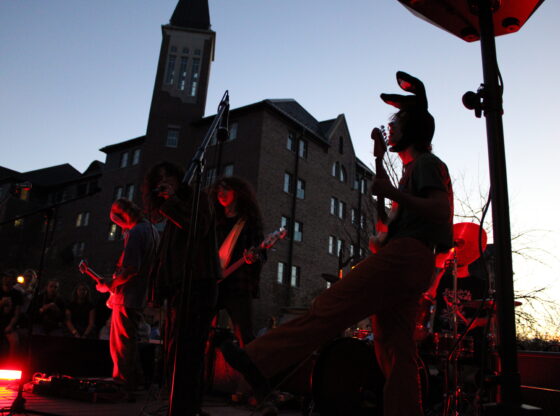On Oct. 17, Canada joined a historical legacy as they became only the second country in the world, and the first major industrial nation, to legalize cannabis for full recreational use. The legalization of cannabis across the nation will usher in a new tide of challenges and change for the country, altering the social, cultural and economic structures of the state, and propping up Canada as an experiment for the entire world.
While nine states—plus the District of Columbia—have legalized cannabis for recreational use in the United States, the plant still lingers in a grey area of legality as the federal government still considers it a Schedule I drug, i.e. a substance that is considered to have no accepted medical use and has a high potential for abuse and dependence. Because of the federal government’s prohibition, the U.S.’s cannabis experiment has been confined to only a handful of states, all with their own different laws, systems and industries. Canada’s new journey will give the world a glimpse of how legalized cannabis might change—and challenge—an entire country, and might create the schema that the rest of the world could possibly follow in legalization.
Canada joins Uruguay in legalizing cannabis across the entire state, but Canada is quite a different experiment than Uruguay. Canada’s economy is magnitudes greater than Uruguay’s (by GDP, Canada is 10th in the world, Uruguay 75th). As such, Canada is the first major global power to legalize the substance, and as such, its legalization will be on show for all to see.
Canada’s experiment is possibly the largest public policy matter to happen to the country in decades, and as such it is being met with celebration and trepidation. When Justin Trudeau was elected in 2015, he promised broad legalization, a lofty goal and a demanding challenge that will possibly only rear its head in the coming months as Canada grapples with the issues that sprout from legalization. For instance, while the drug is legal nationwide, the exact specifics of its sale and use is up to the governments of Canada’s 13 provinces and territories. As each deals with the issues of legalization in its own way, it is easy to see how the federal government might struggle with maintaining an entire nation of cannabis.
Canadians will be allowed—per federal law—to possess, carry and share up to 30 grams of dried cannabis flower, and as well will be able to purchase cannabis oil. Edibles, however, are still illegal, and won’t be allowed for another year.
Where you’ll be able to buy cannabis, where you’ll be able to smoke it and how old you’ll have to be to purchase it differ from province to province. Cannabis will be sold in government-run dispensaries, private dispensaries and online. Quebec, for instance, will only have government-run stores open, 12 to be exact. By contrast, Saskatchewan will have 51 private stores available. British Columbia—arguably Canada’s most cannabis-happy province—will have only one store available, a government-ran outpost in Kamloops, so most will be left to purchase cannabis from the government online. Most provinces will have a legal smoking age of 19—two years younger than any legalized state in the U.S., Quebec will be 18 years old for the time being, though a newly elected government seeks to raise that number to 21. In Ontario, Quebec and Alberta (besides Calgary), users will be able to consume cannabis wherever they can smoke cigarettes, and Halifax will have designated areas for cannabis consumption.
Canada’s great cannabis experiment is welcomed by many with open arms, and for proponents of legalization across the globe, it gives hope and guidance for the future, an optimistic future of legalization around the world. For others, those who wish not to see the permitted recreational use of the drug, Canada’s legalization will be a transparent moment in which the negative effects of the drug are showcased on a never-before-seen scale. For most Canadians, though, the end of prohibition in Canada represents a voter-supported shift in public policy and an economic opportunity that had once only existed in the margins of society.











